Happy July 4th! We spent the afternoon on a ranger-led hiking tour of the Alibates Flint Quarries. About 15 miles from our RV park in Fritch is the Visitor Center of the National Monument (established in 1965). Reservations are required, so call the visitor center to reserve a spot for a (free) tour.
Exhibits in the visitor center provide the geological and cultural history of this remote area in the Texas Panhandle. And it’s pretty incredible! Paleo-Indians quarried flint here approximately 13,000 years ago. They crafted the flint into spear points that were used to hunt big game roaming the Plains at that time (bison, mammoths, and sloths). We know this because Alibates flint spearheads have been found embedded in wooly mammoth fossils. The earliest types of points were named Clovis and Folsom…frequently crafted from Alibates flint.
The Alibates flint is durable, colorful, smooth, and found only here. With its unique physical properties, flintknappers were able to make superior (and very sharp) tools. The varied bands of color make the Alibates flint easily identifiable.
The Plains Village Culture (AD 100 to 1500) lived here. While hunting was still important, growing corn, beans and squash became widespread. A garden growing the same plants has been planted near the Visitor Center. A painting of a village can be seen in the visitor cente.r
The Antelope Creek Phase of the Plains Village culture was between AD 1200 and 1450. They lived along the bluffs of the Canadian River and quarried flint for their own use and for trade. Remains of two of their villages are within the Alibates Flint Quarries National Monument, however, access to them is through private property (and, therefore, limited).
Initially, chunks of flint on the surface were picked up, but the Native Americans realized they had to dig below the surface for the highest quality flint. Many shallow pits were dug with sticks and tools from bison bone to quarry the flint. In fact, there are an estimated 700 pits on the National Monument property, and an estimated 3,000 in the region.
Flintknappers created blanks, weighing around 4 pounds. At the quarries, waste material (like quartz) were removed leaving only flint.. Blanks were refined into tools elsewhere. In addition to arrowheads and spearheads for hunting, the flint was used to make knives (to butcher large game), scrapers (to clean hides), awls (for sewing), and stone drills (to punch holes through tough bison hide).
Alibates flint was widely traded and has been found as far north as Minnesota, west to California, and along the Gulf Coast. It was highly valued because of its physical qualities (sharpness) and colors. Arrowheads continued to be an integral part of Indian armories until manufactured steel arrow tips replaced the flint (1870s).
Flintknapping is still an art practiced by a few. A hard, round river rock (or cobble) was and is used to make tools from blanks. The technique has not changed in 12,000 years; and, can be dangerous as slivers are very sharp. Demonstrations are held in the Visitor Center when volunteers are available.
Two tours (free) are offered per day (10 am and 1 pm). We hiked along a short trail around a hill near the Visitor Center before the tour. These beautiful pink blossoms are from a member of the thistle family (and considered a weed by most). But I found them to be very beautiful! Also shown are two types of cactus and seed pods of the yucca plant
This grasshopper was about 3” long!
We met at the Visitor Center for the tour. The park ranger drove us (and 3 more) in a Park Service van a few miles to the flint quarries (located in a gated area). Initially, we met in this shaded area for a brief orientation from our guide. The pink flowers were just lovely!
Following the trail to the top of the mesa, the Canadian River could be seen in the distance.
We saw lots of lizards; but, alas, not a single Texas horned lizard.
At the next shelter along the trail, our guide shared more information about the flint quarries. On top of the mesa we started seeing the circular flint quarry sites.
This is an example of quartz running through the flint. The flintknapper would remove the quartz and use just the flint to fashion tools and spearheads.
Lots of flint is exposed in this part of the national monument. Many large deposits of the colorful Alibates flints can be seen here.
While it is sometimes difficult to discern where the quarry sites were, the circular pattern of flint with plant growth in the center is the clue.
In the distance is the location of the villages where the Native Americans who worked the quarries lived.
Making the return hike to the van, we saw this endangered plant species, white sage. And, these rare white flowers among the pink.
The park ranger drove us back to the Visitor Center. I highly recommend the tour here, as it is the only way to see the remnants of the flint quarries. It is fascinating to learn how this remote location was once an important center of trade.
There is no admission fee to the National Monument or for the ranger-led tour. For additional information about Alibates Flint Quarries National Monument, go to www.nps.gov/alfil.
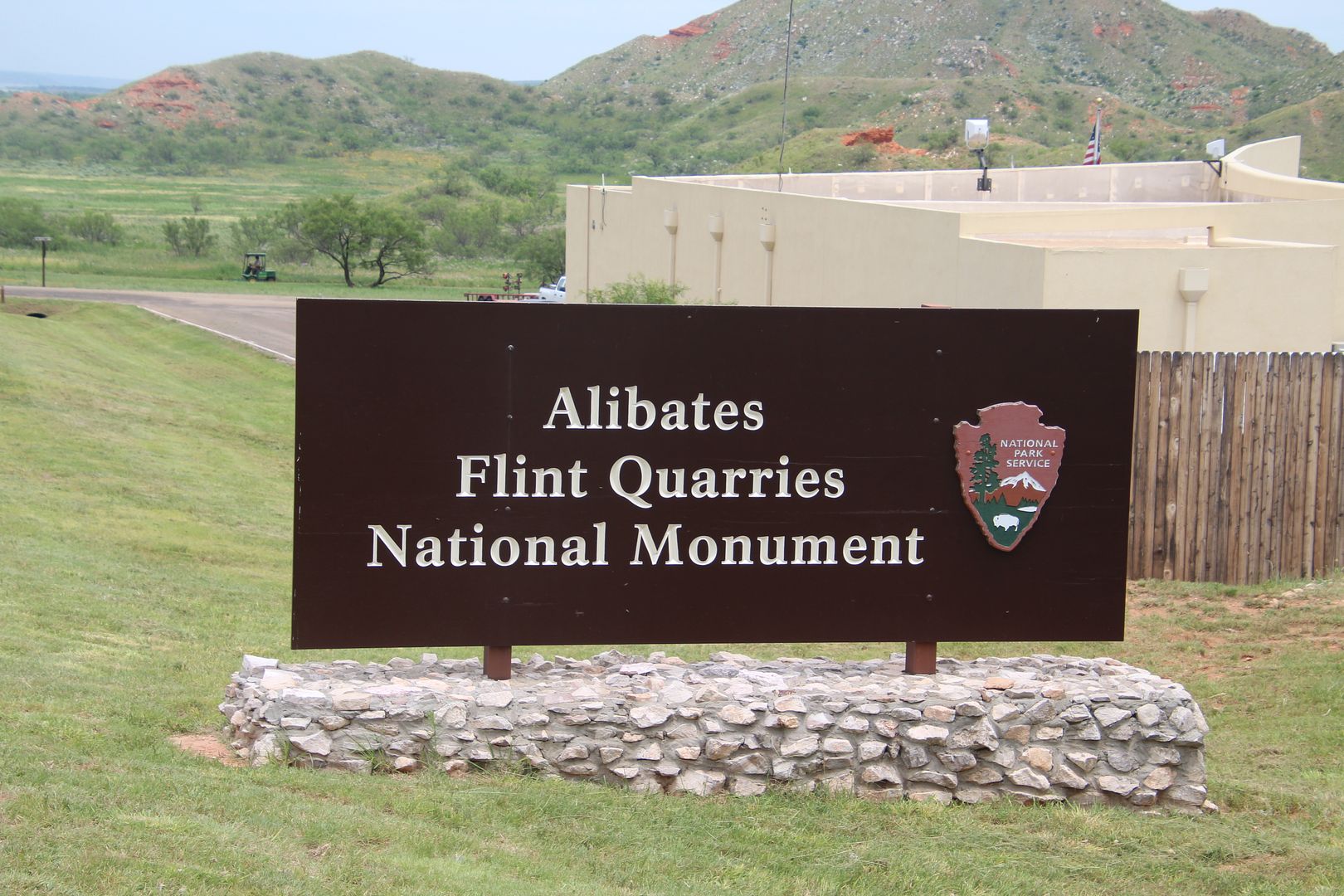
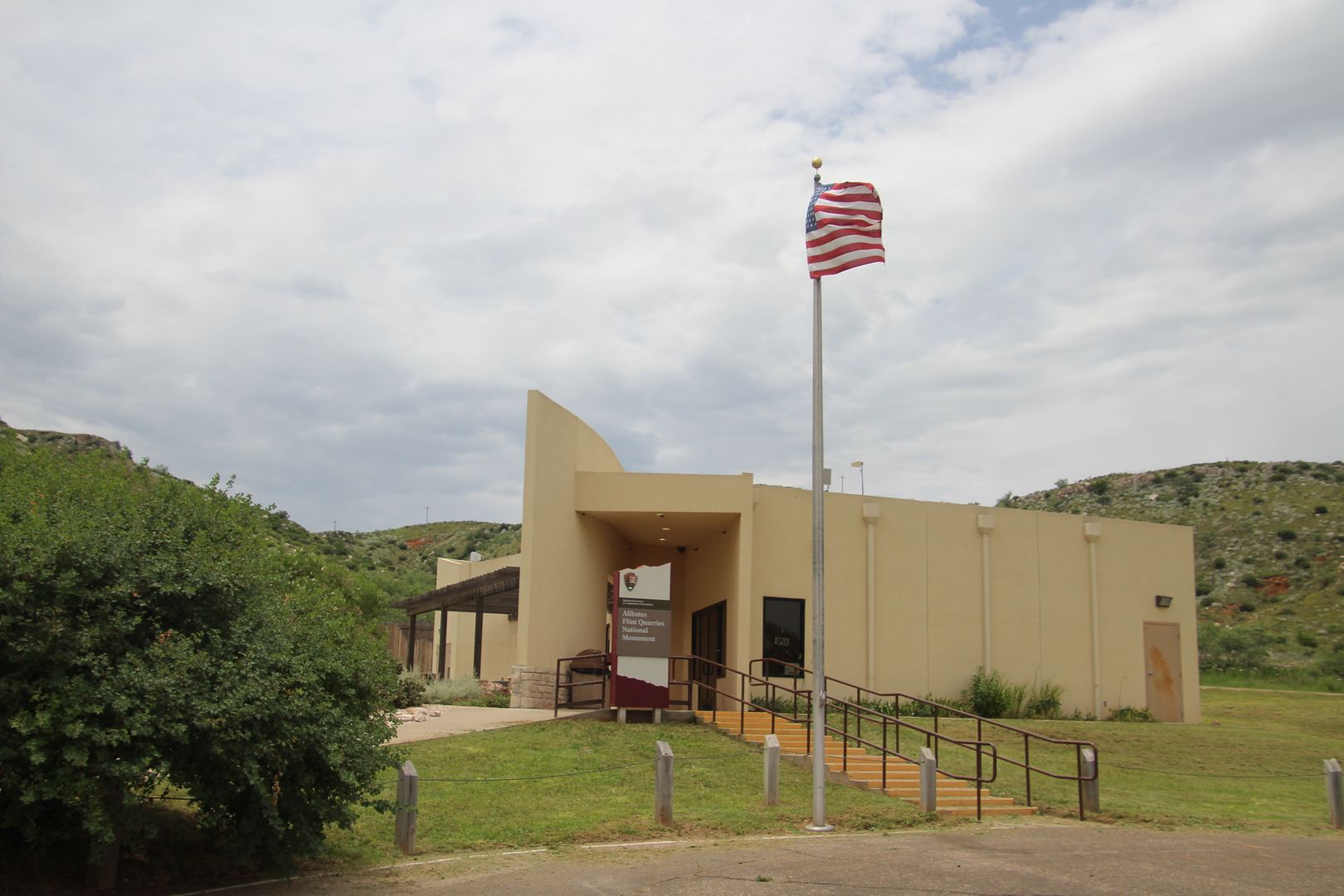
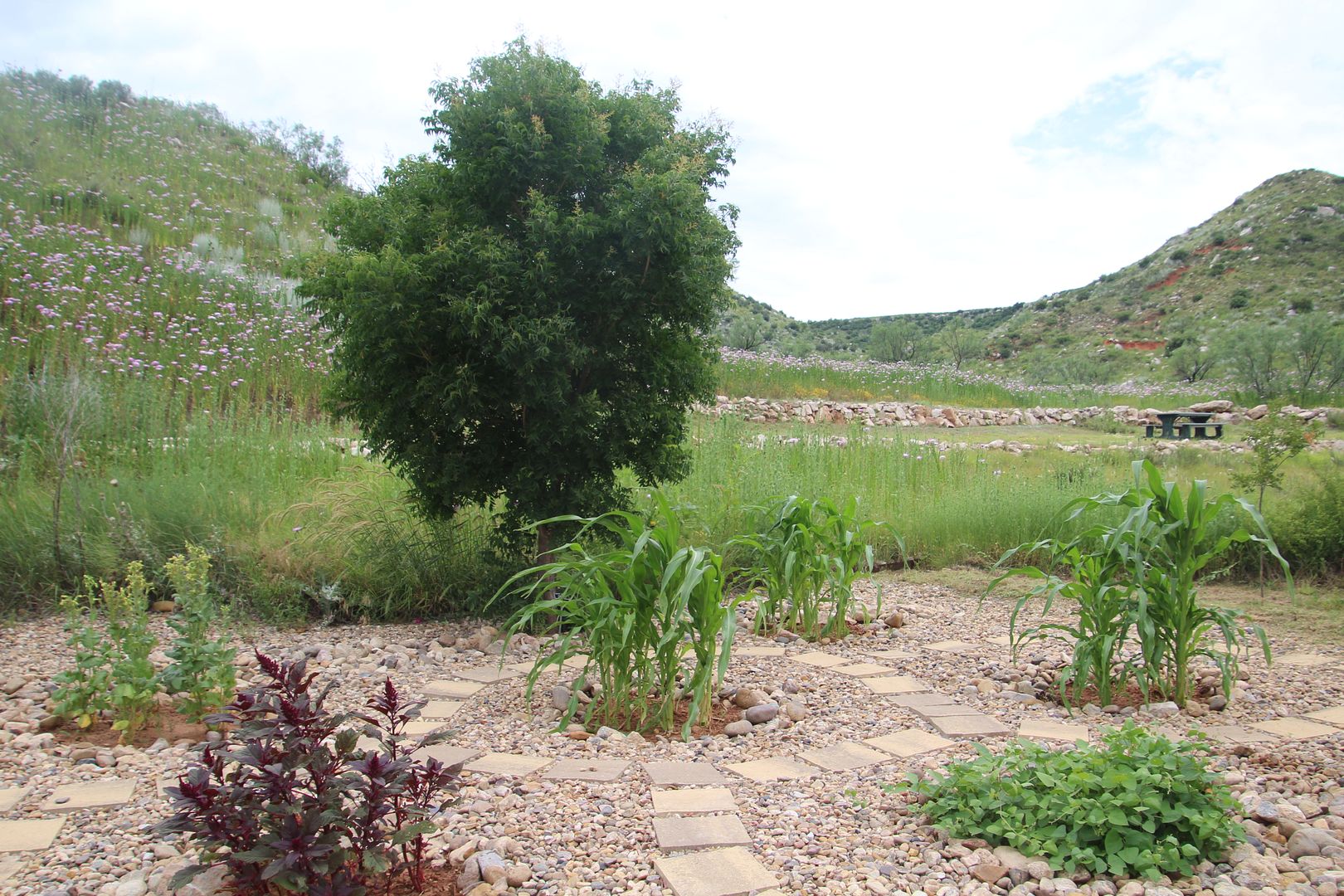
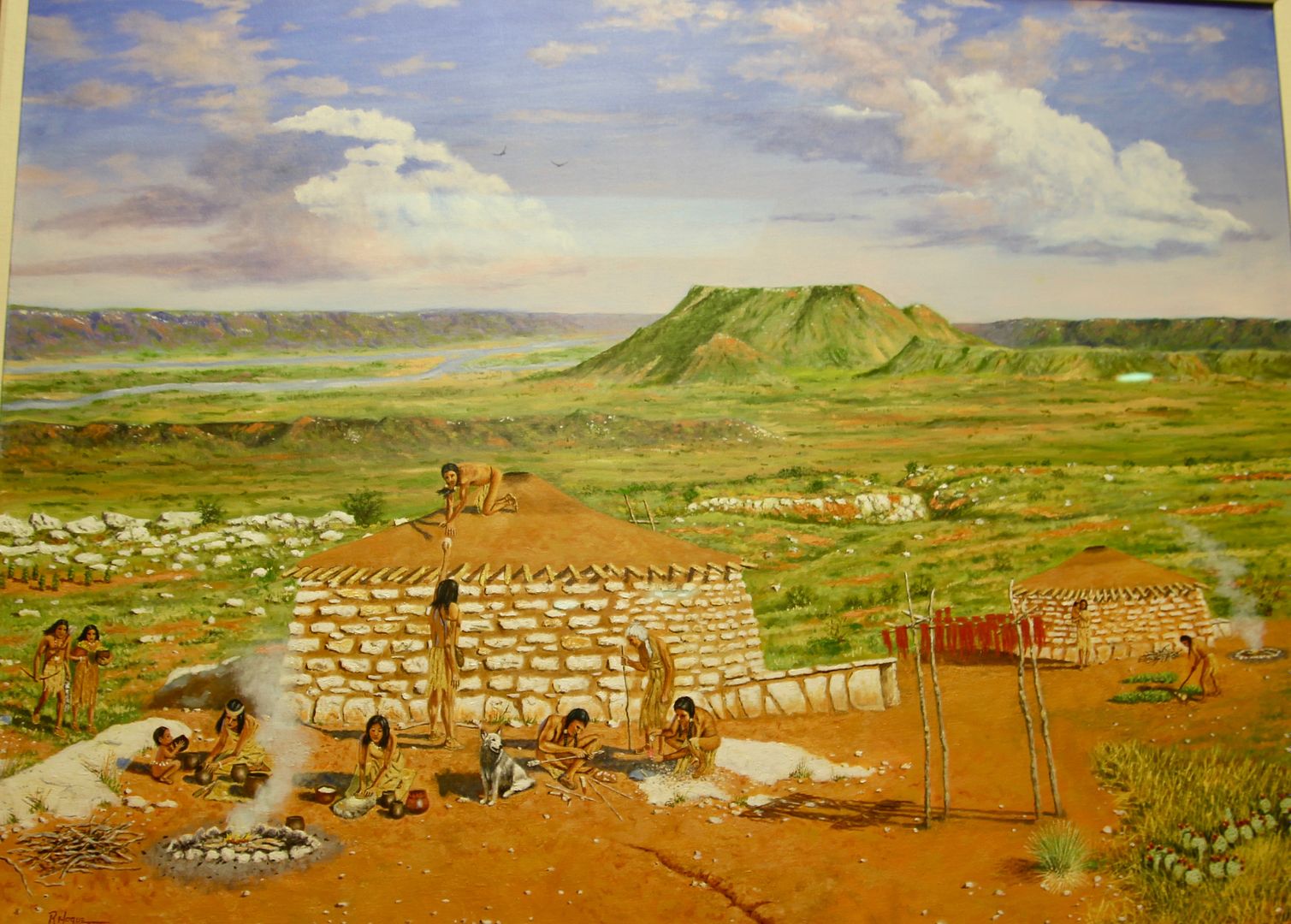
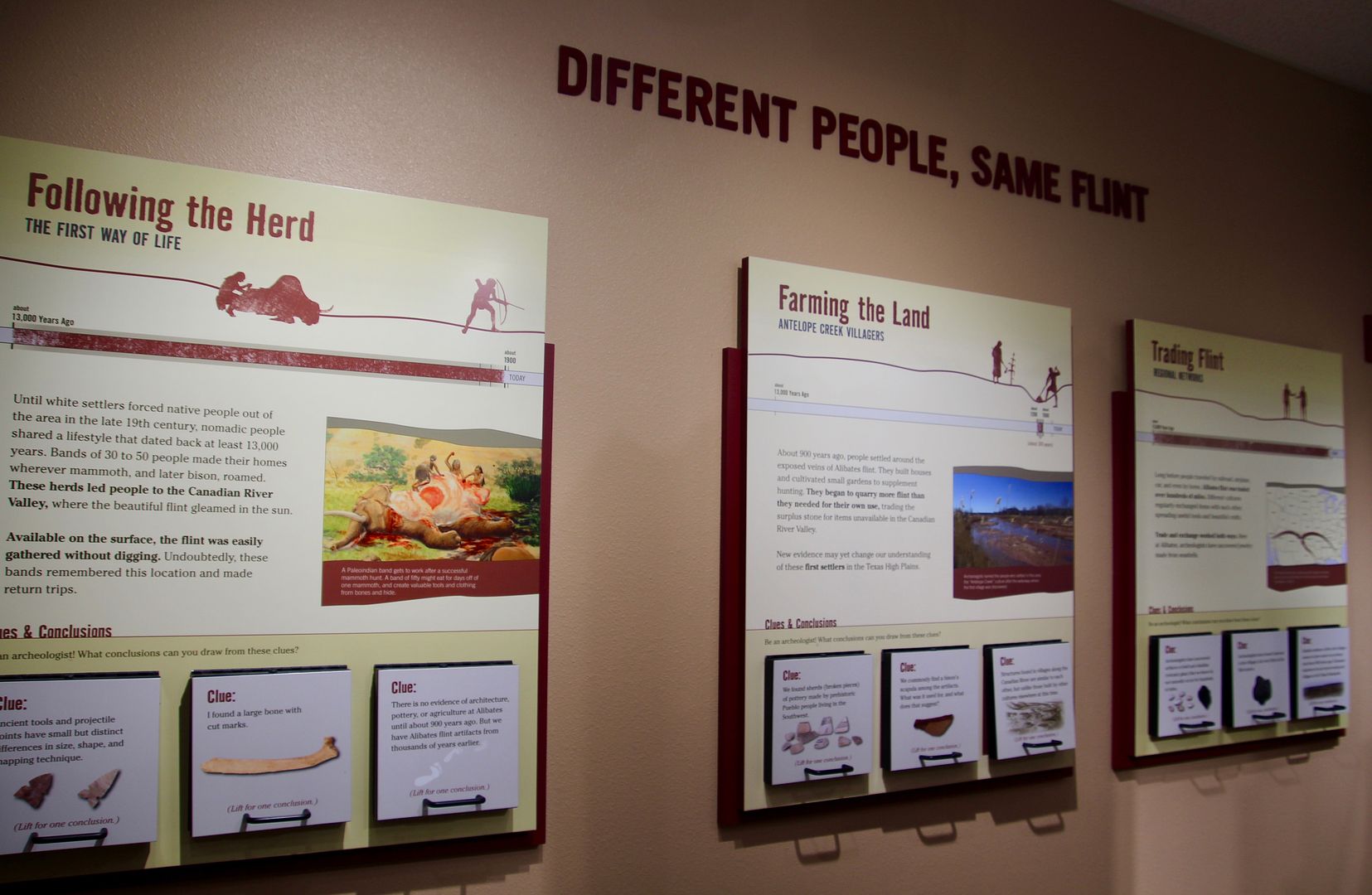
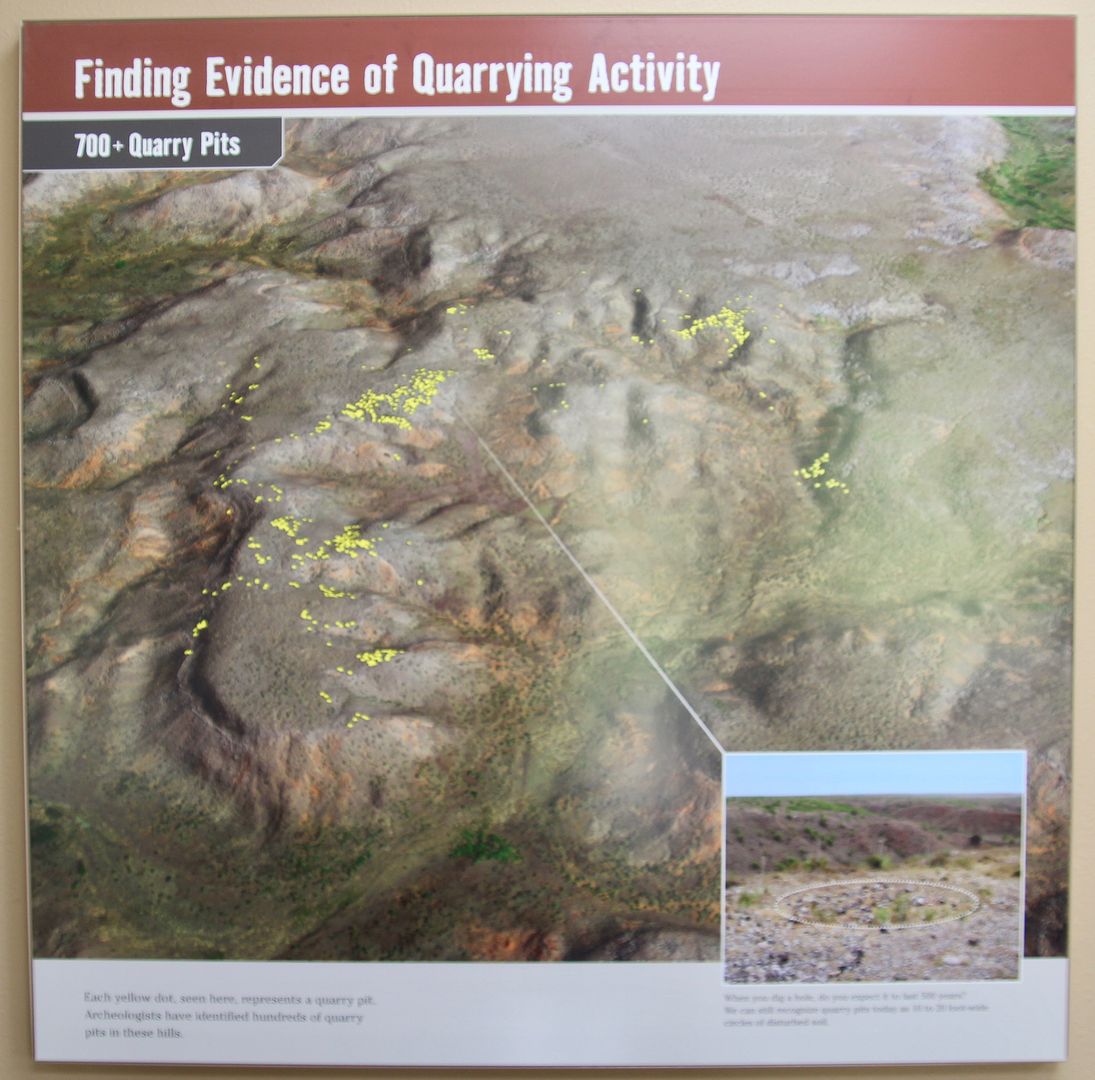
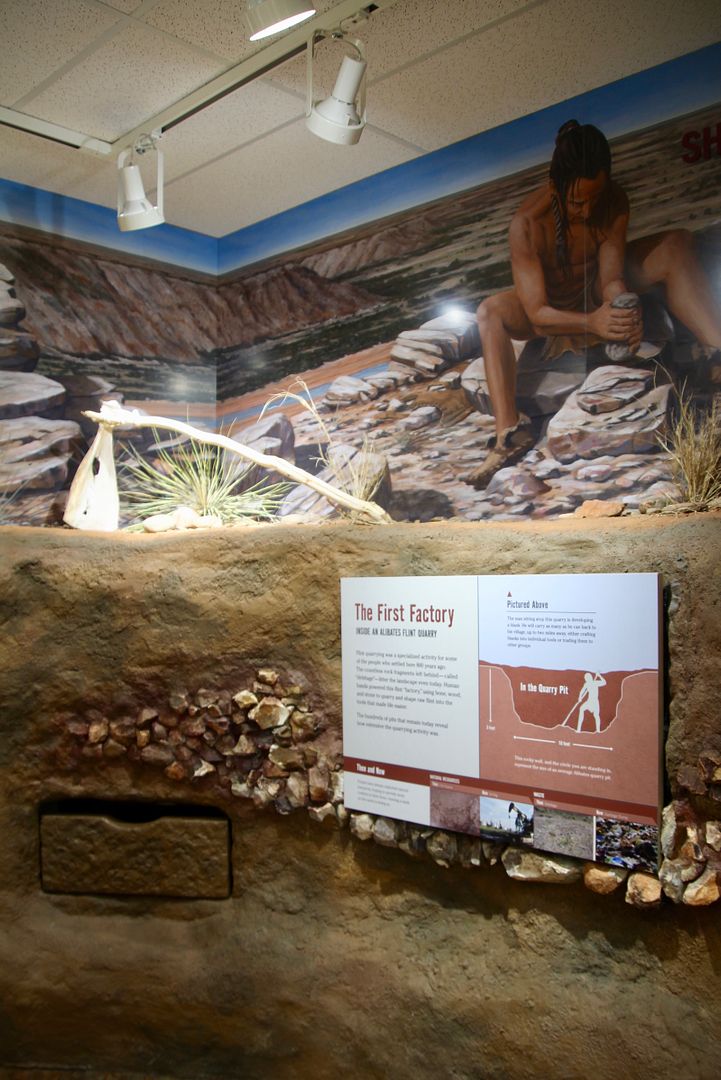

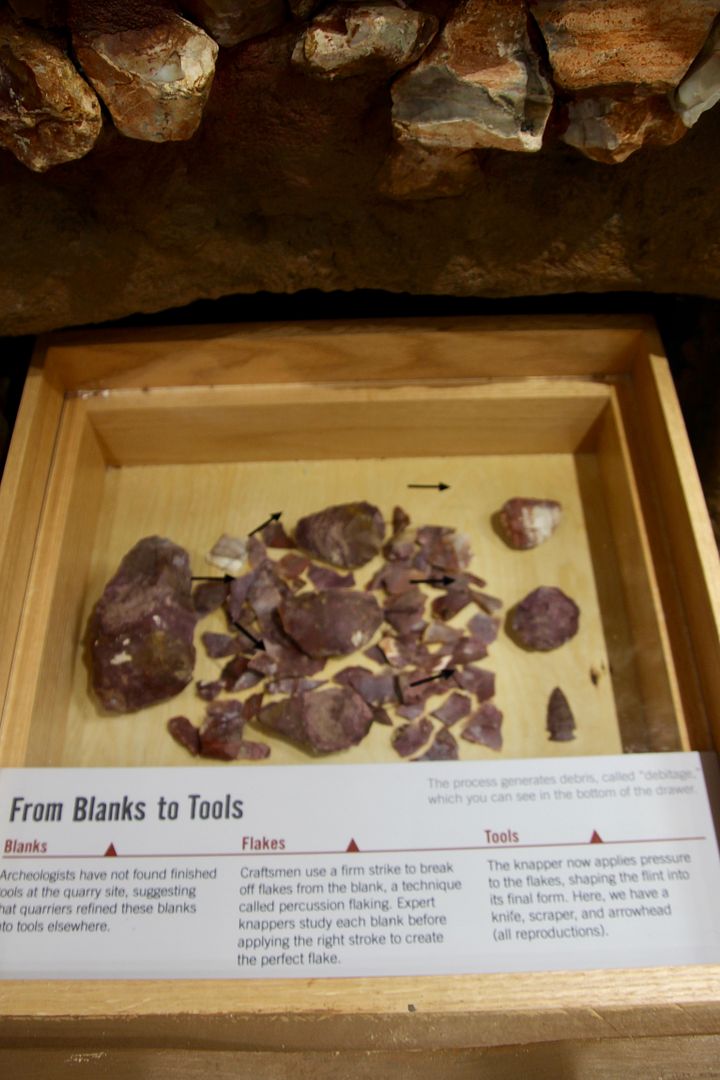
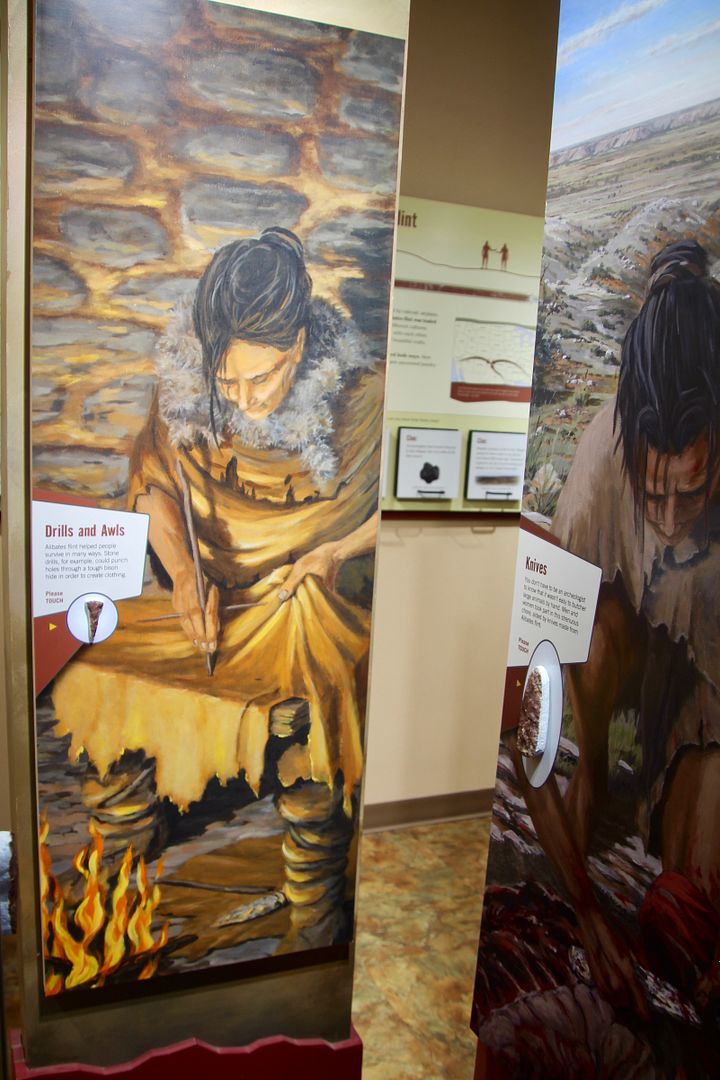
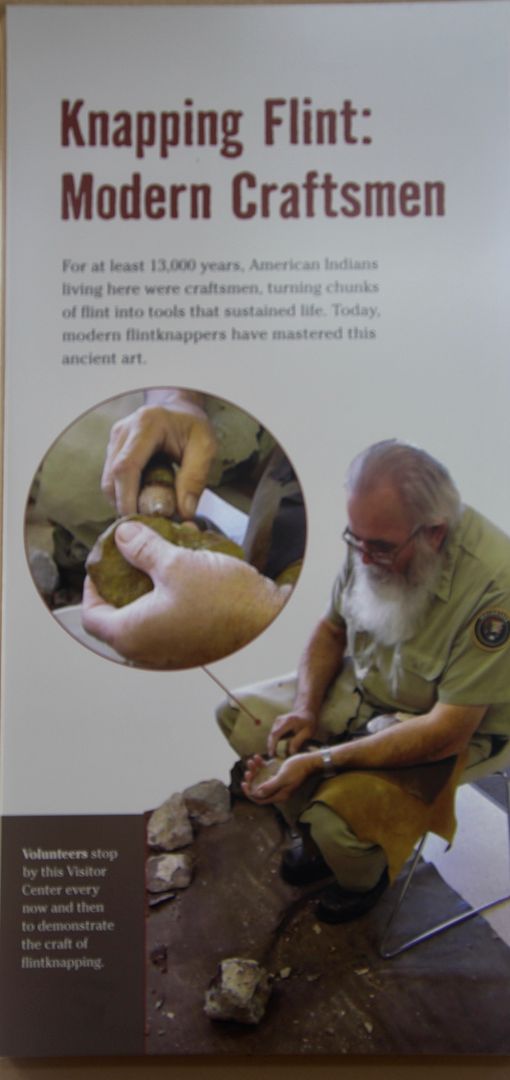
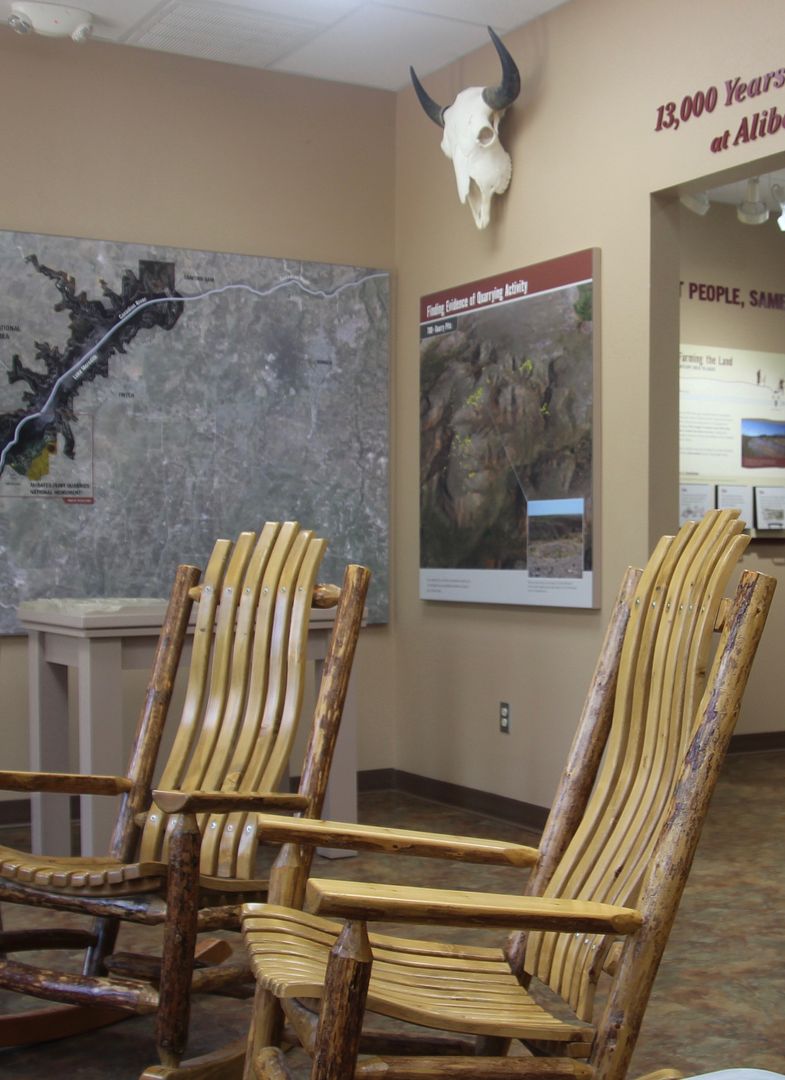
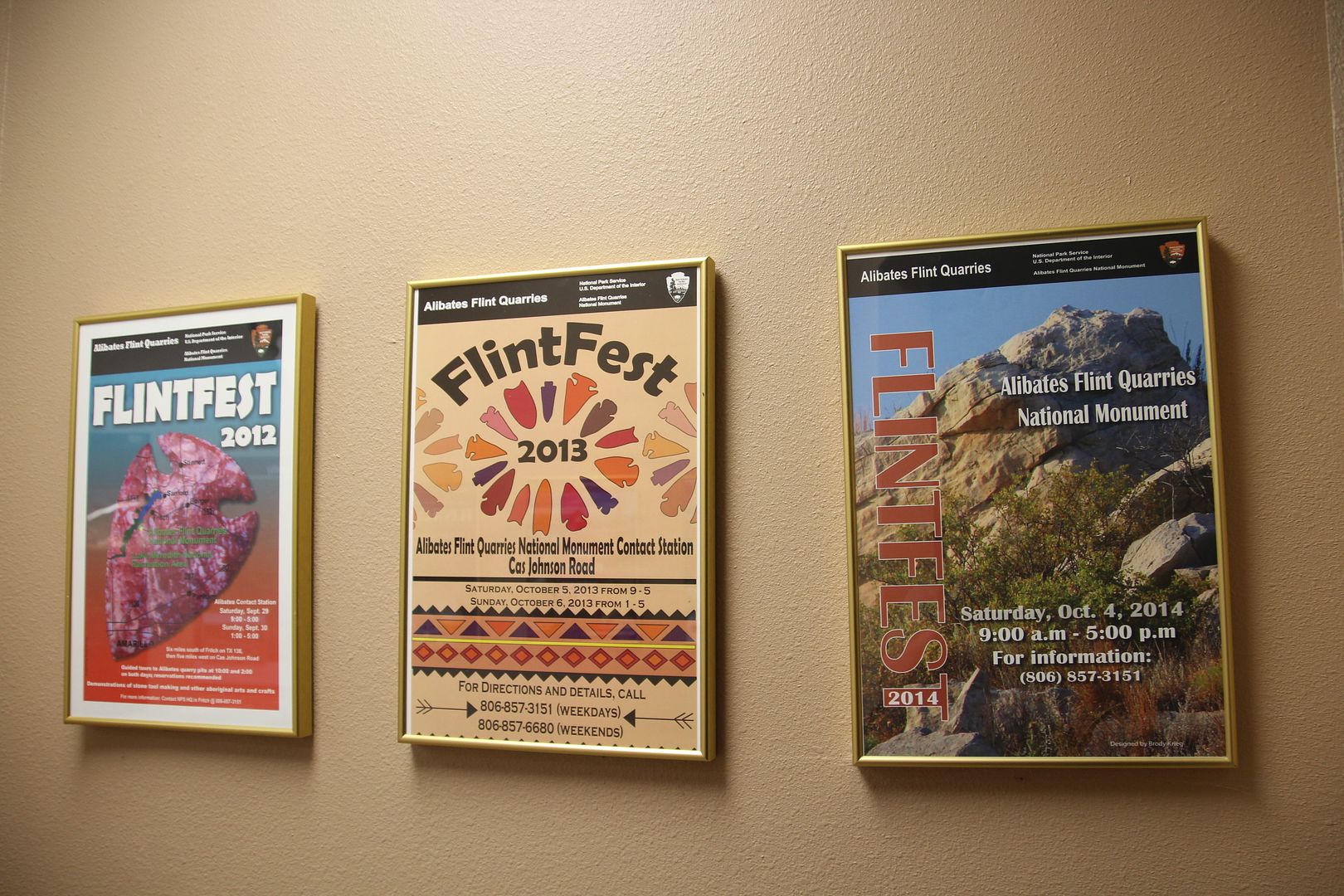
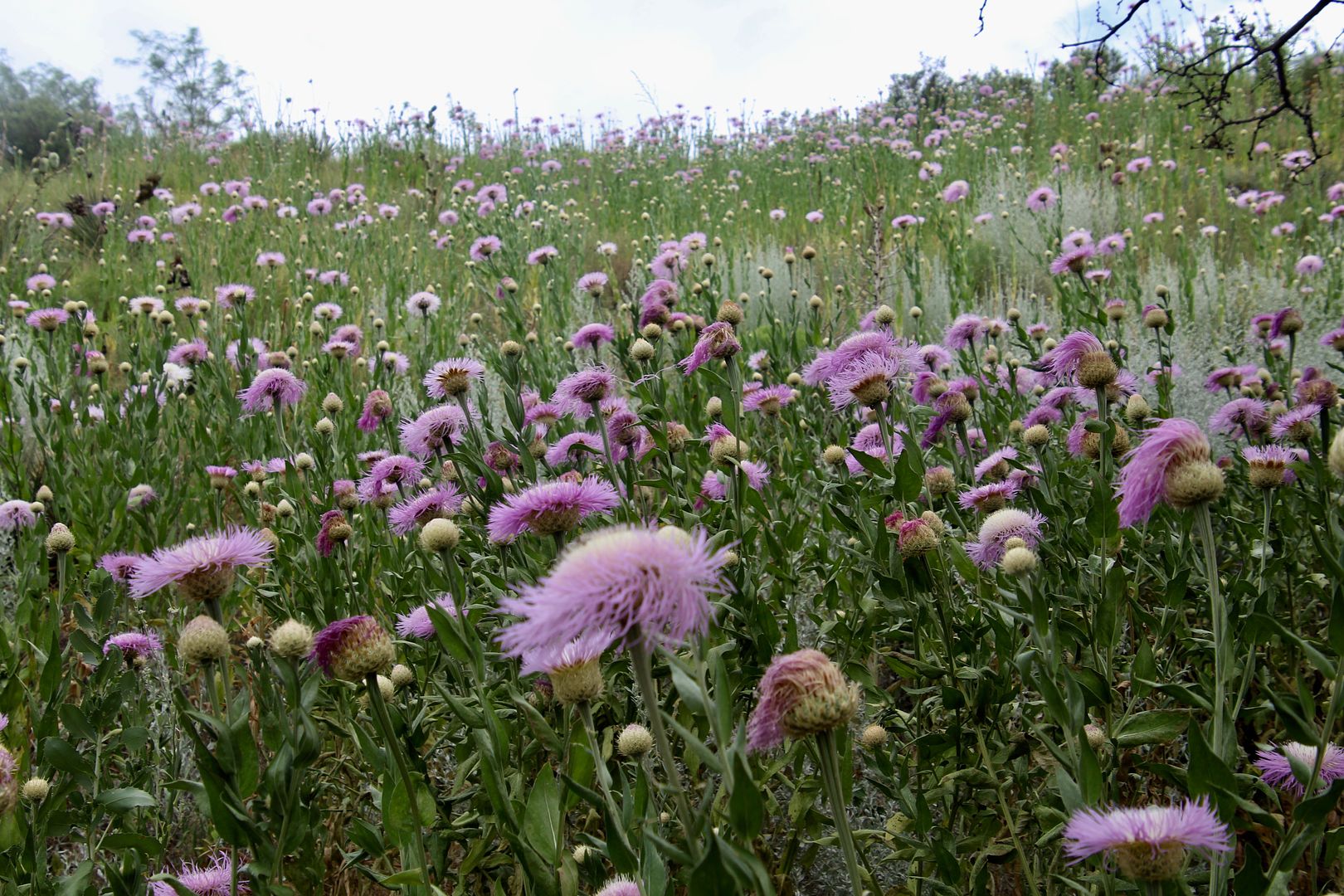
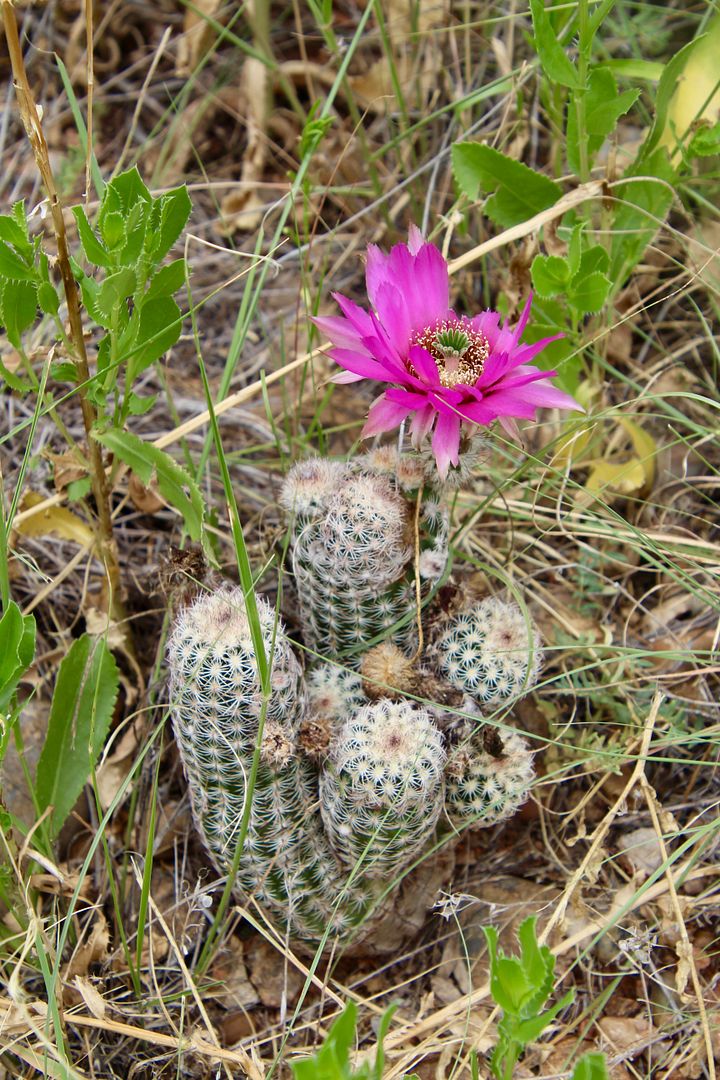

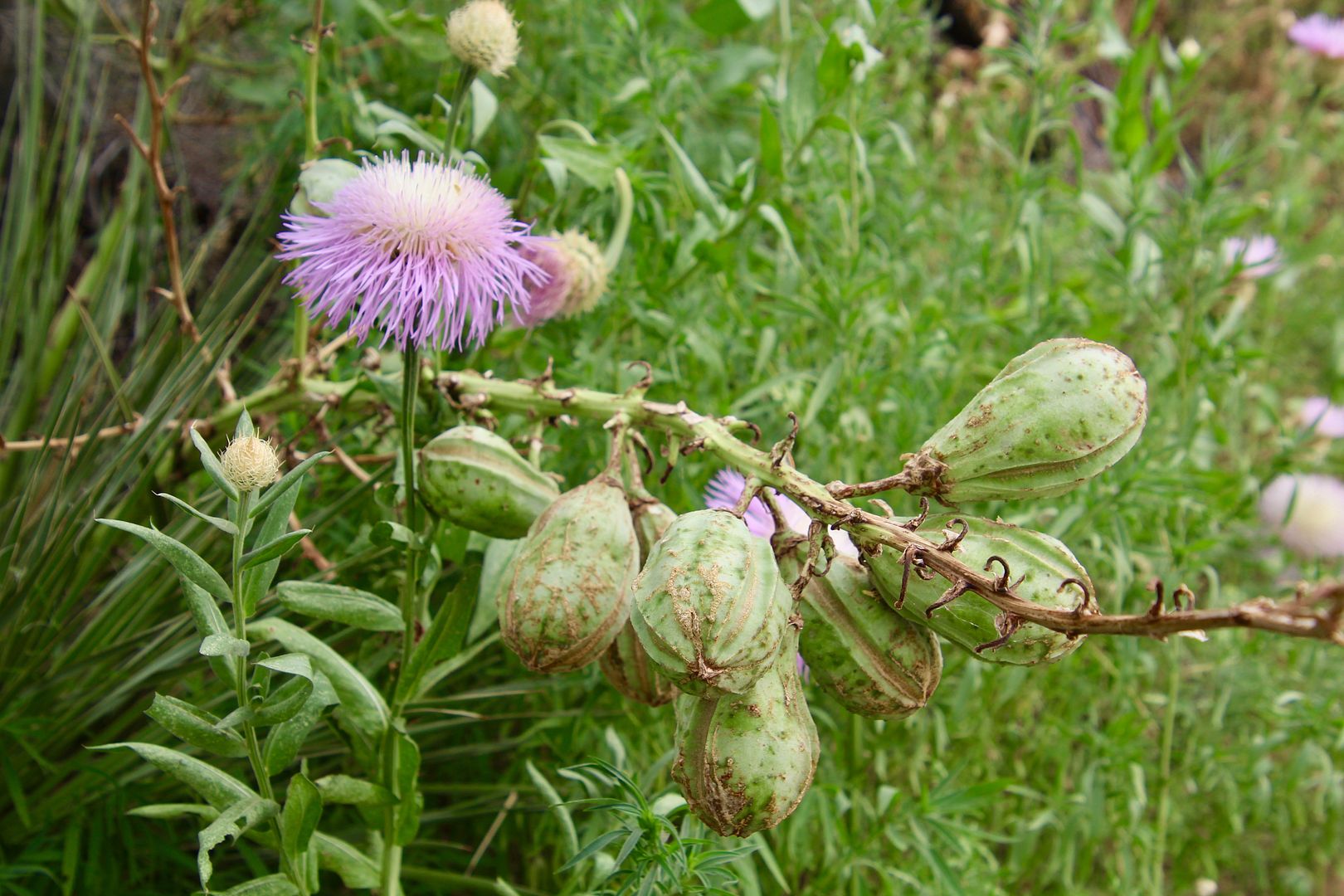
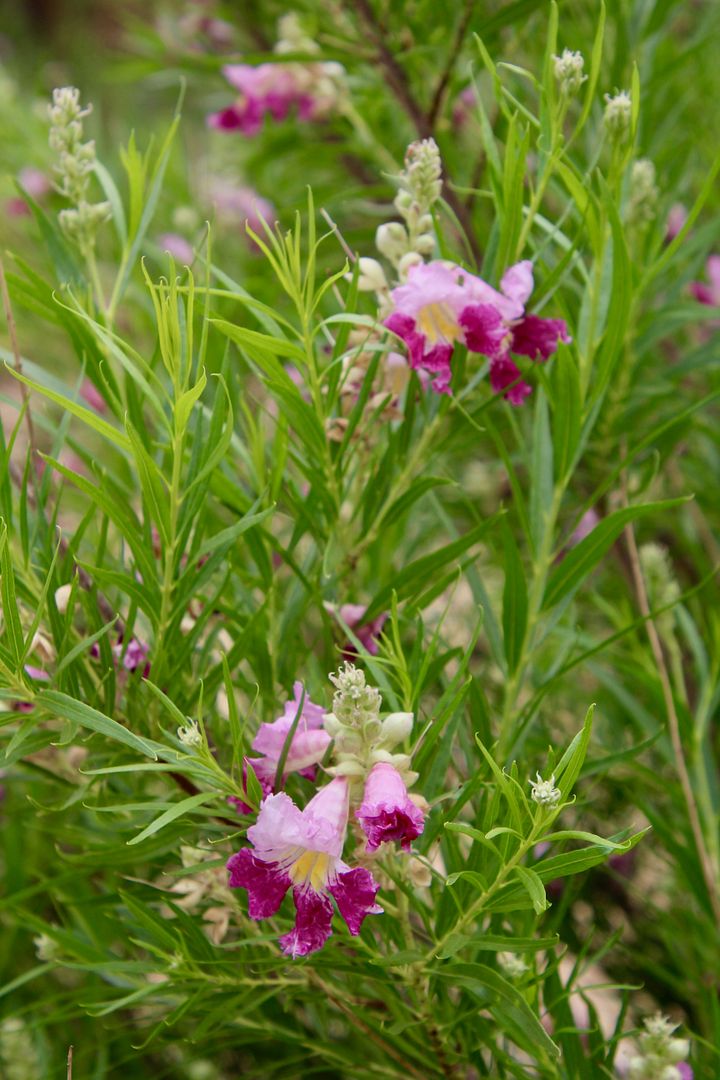

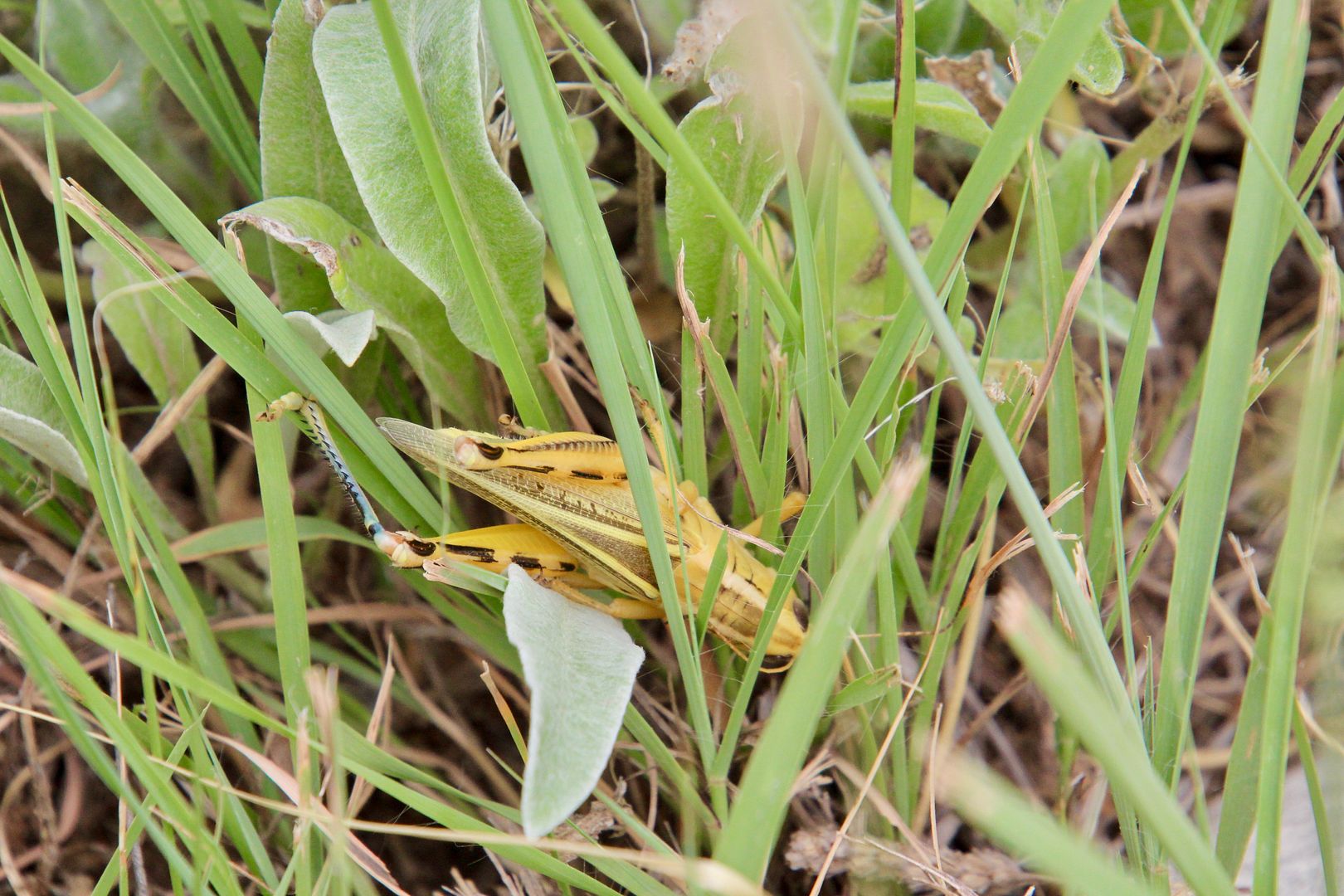
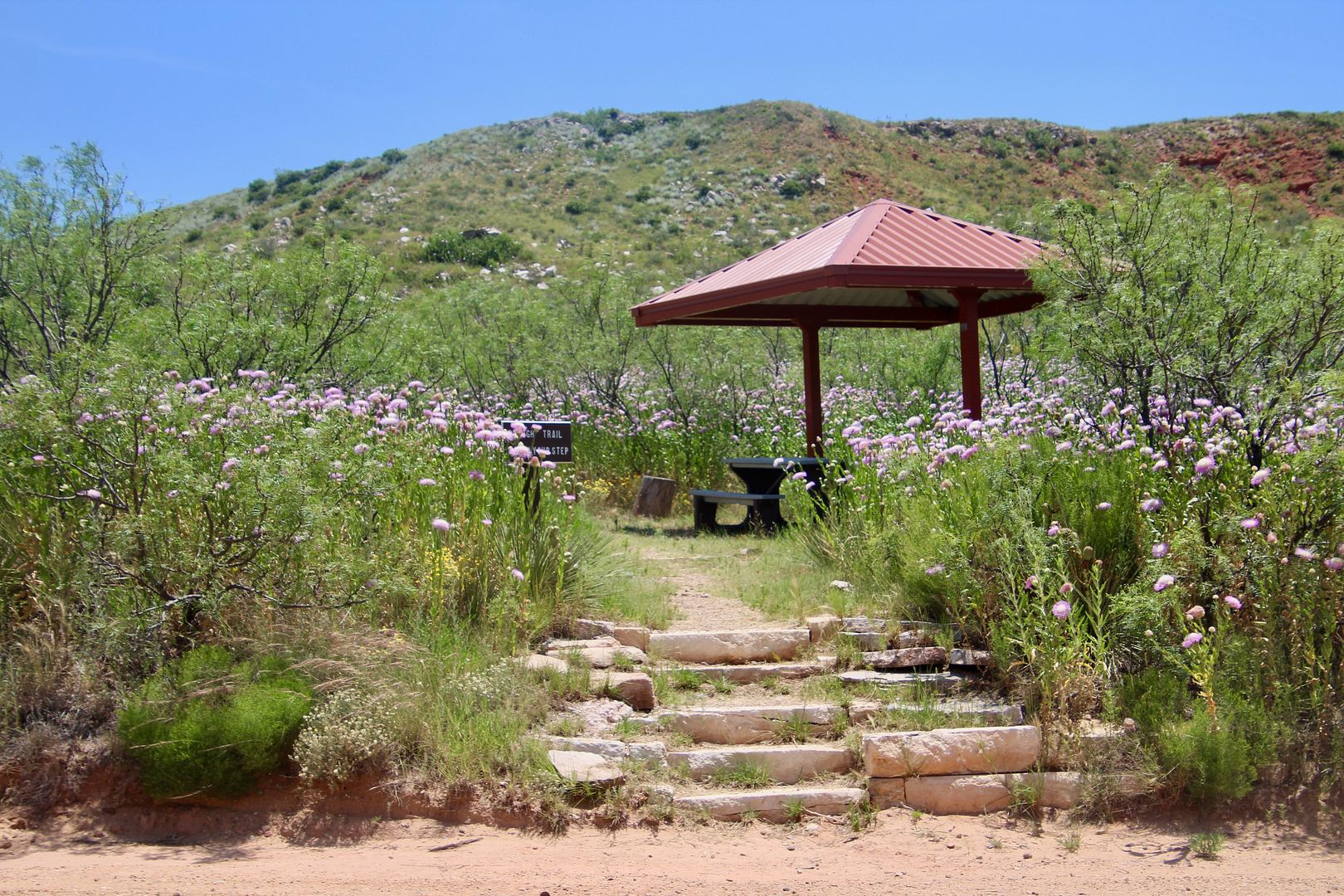
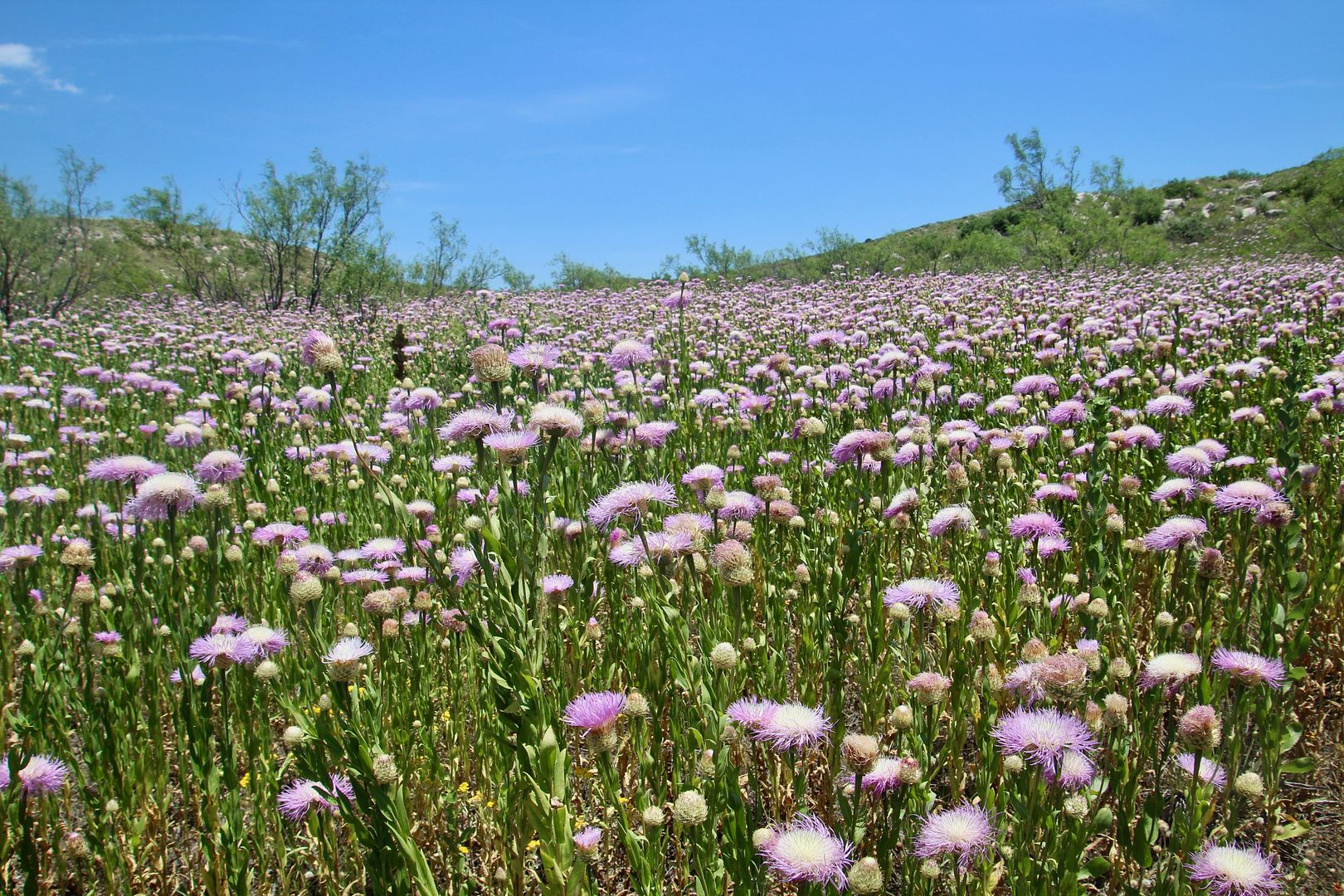

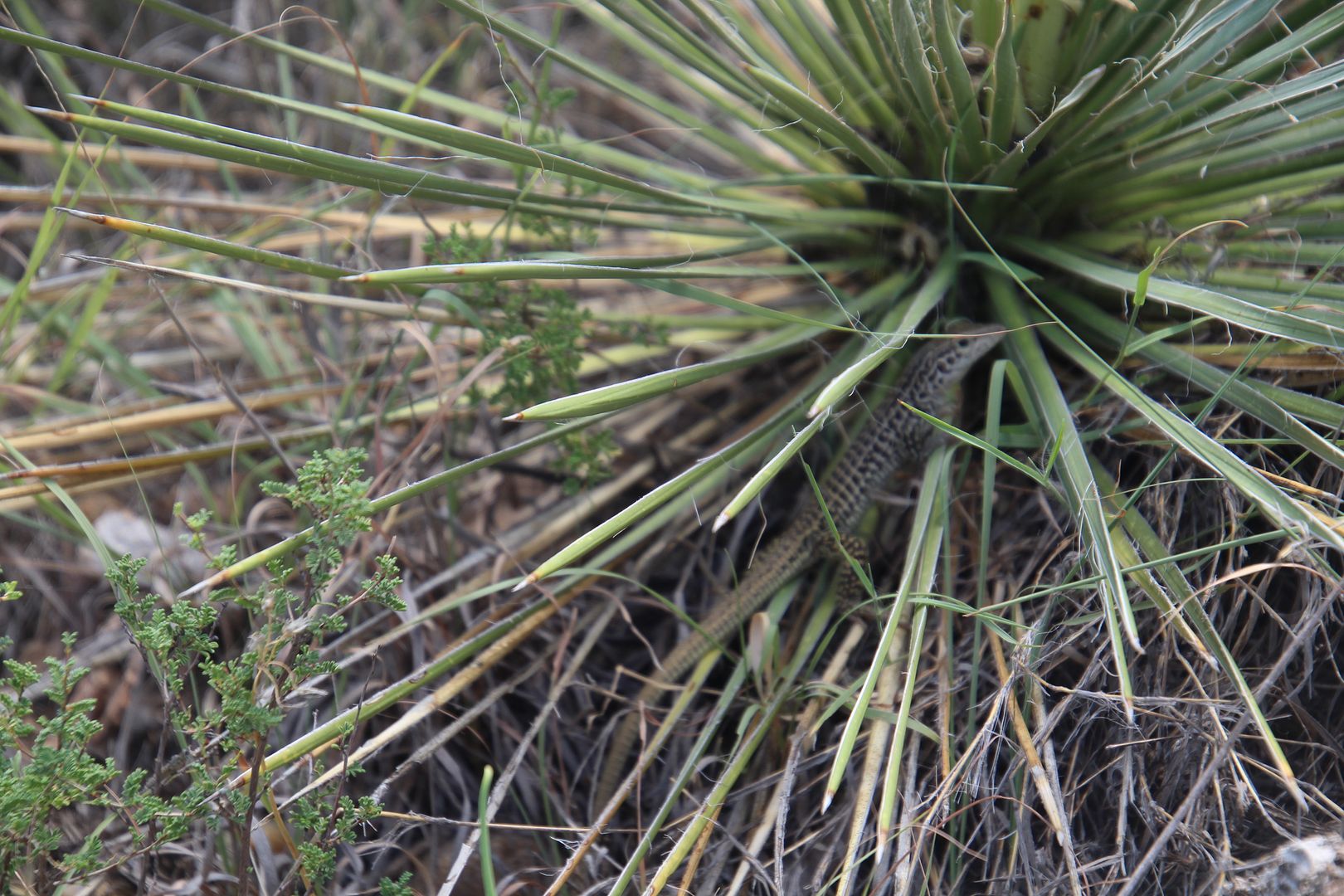
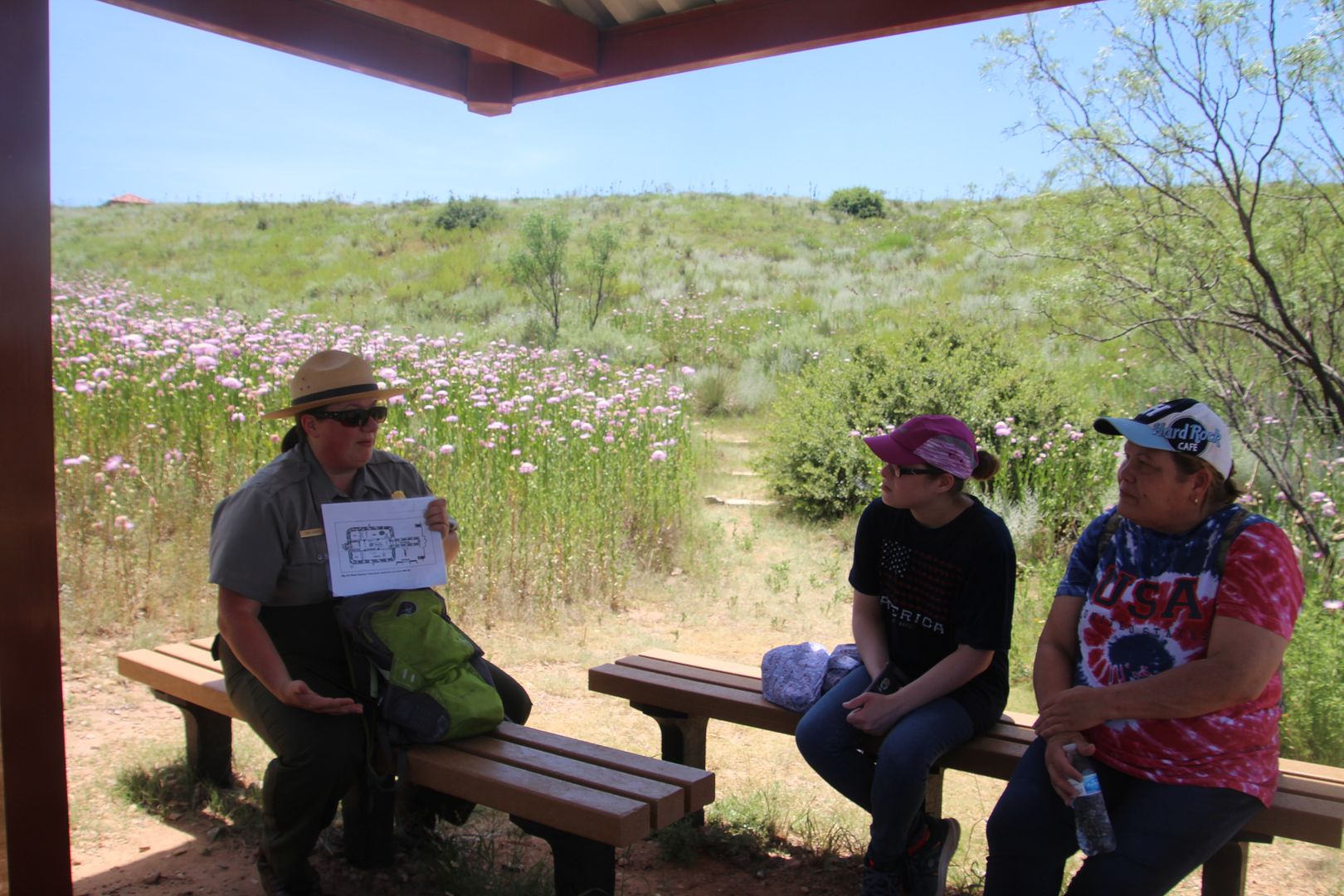
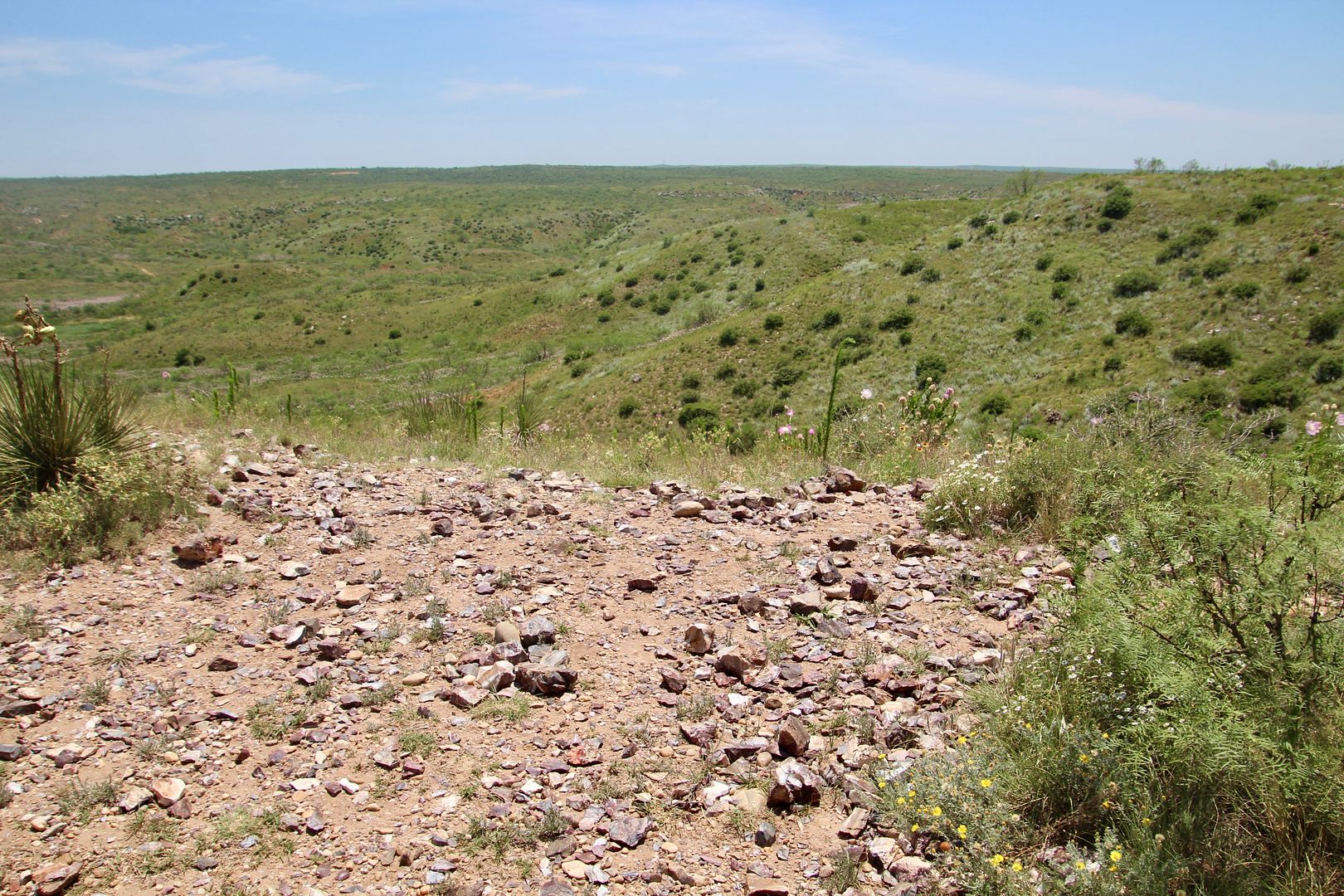
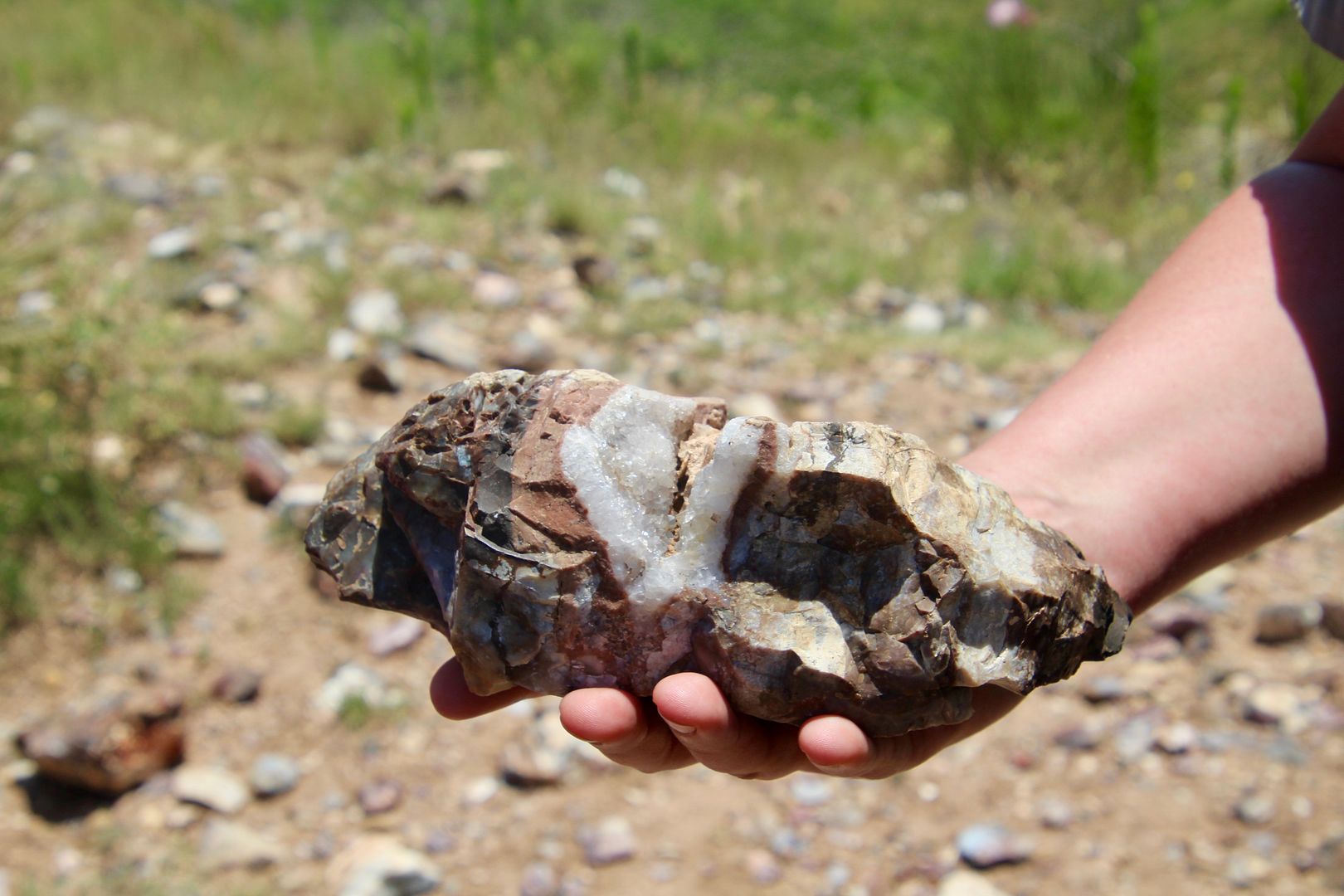
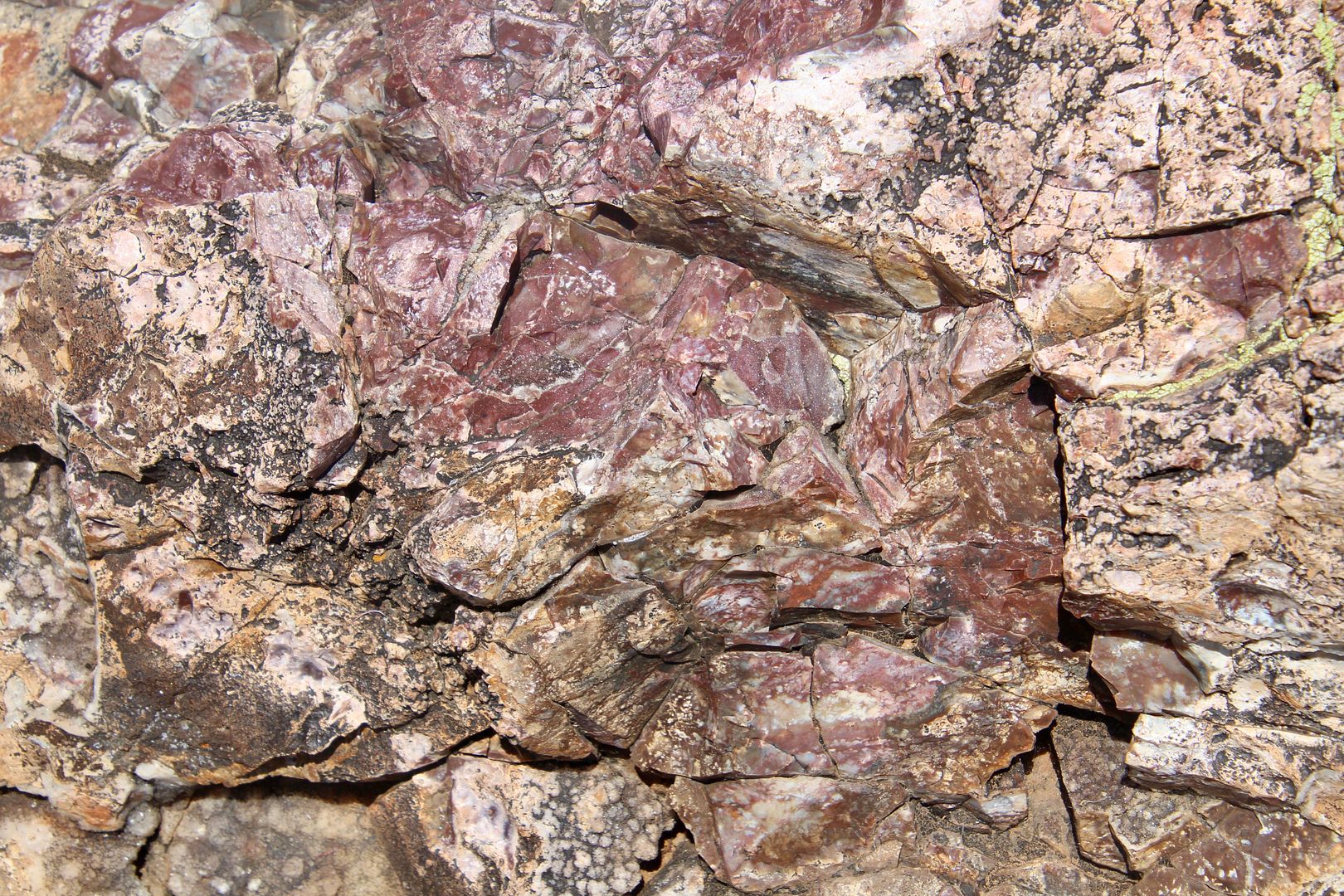

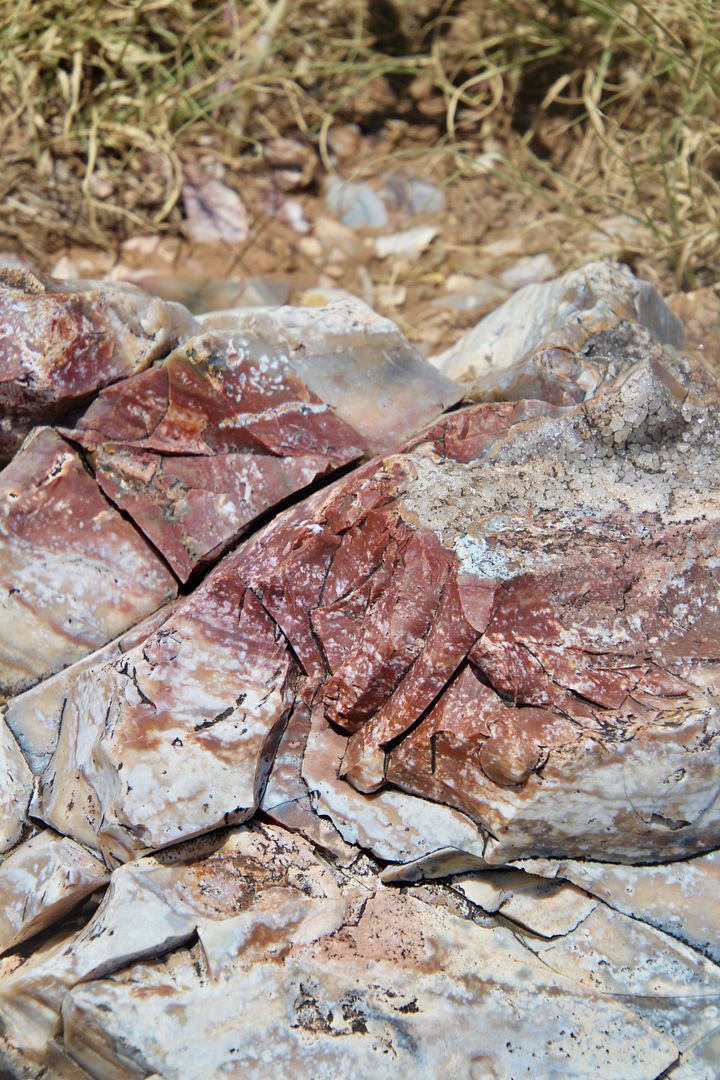
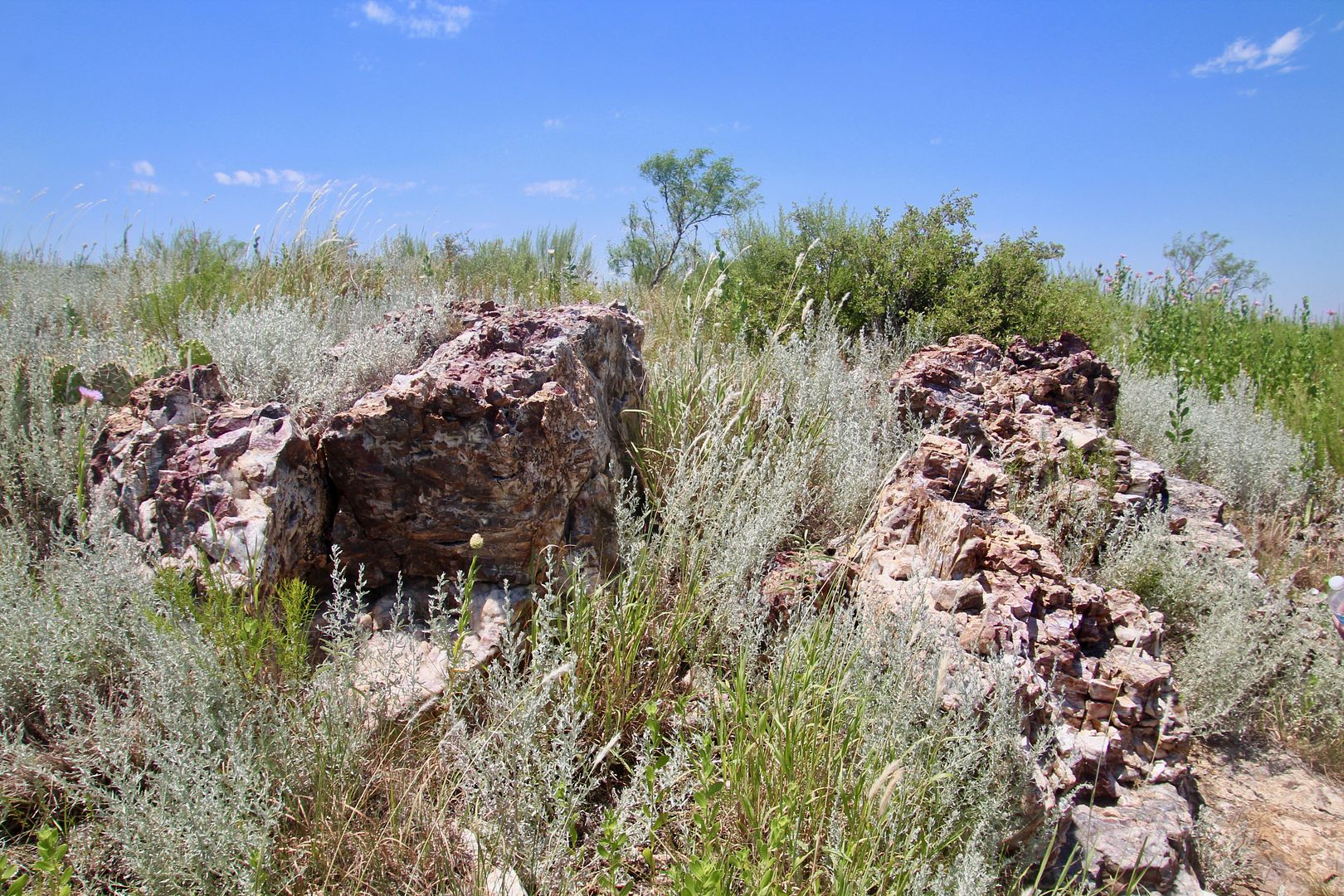
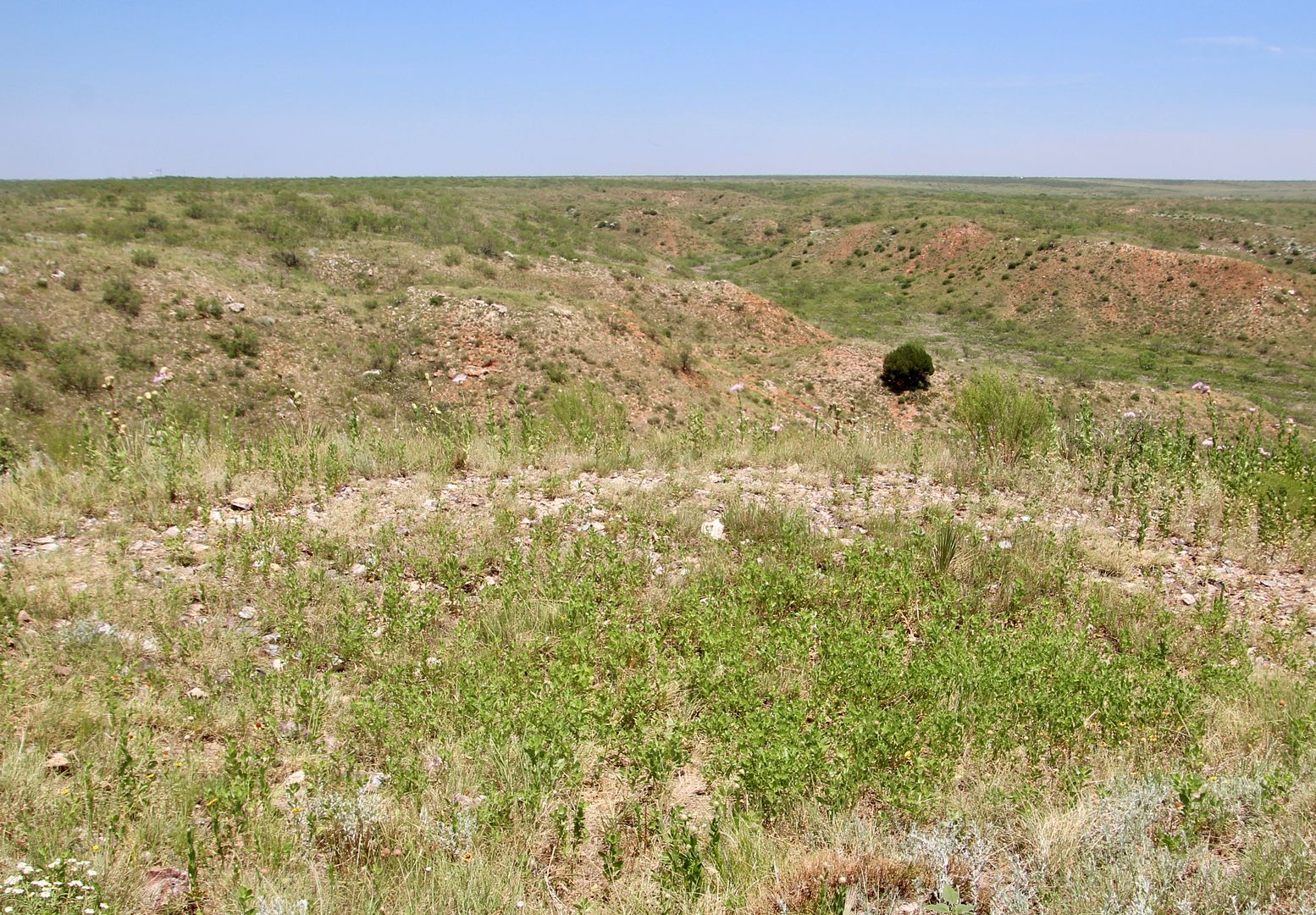
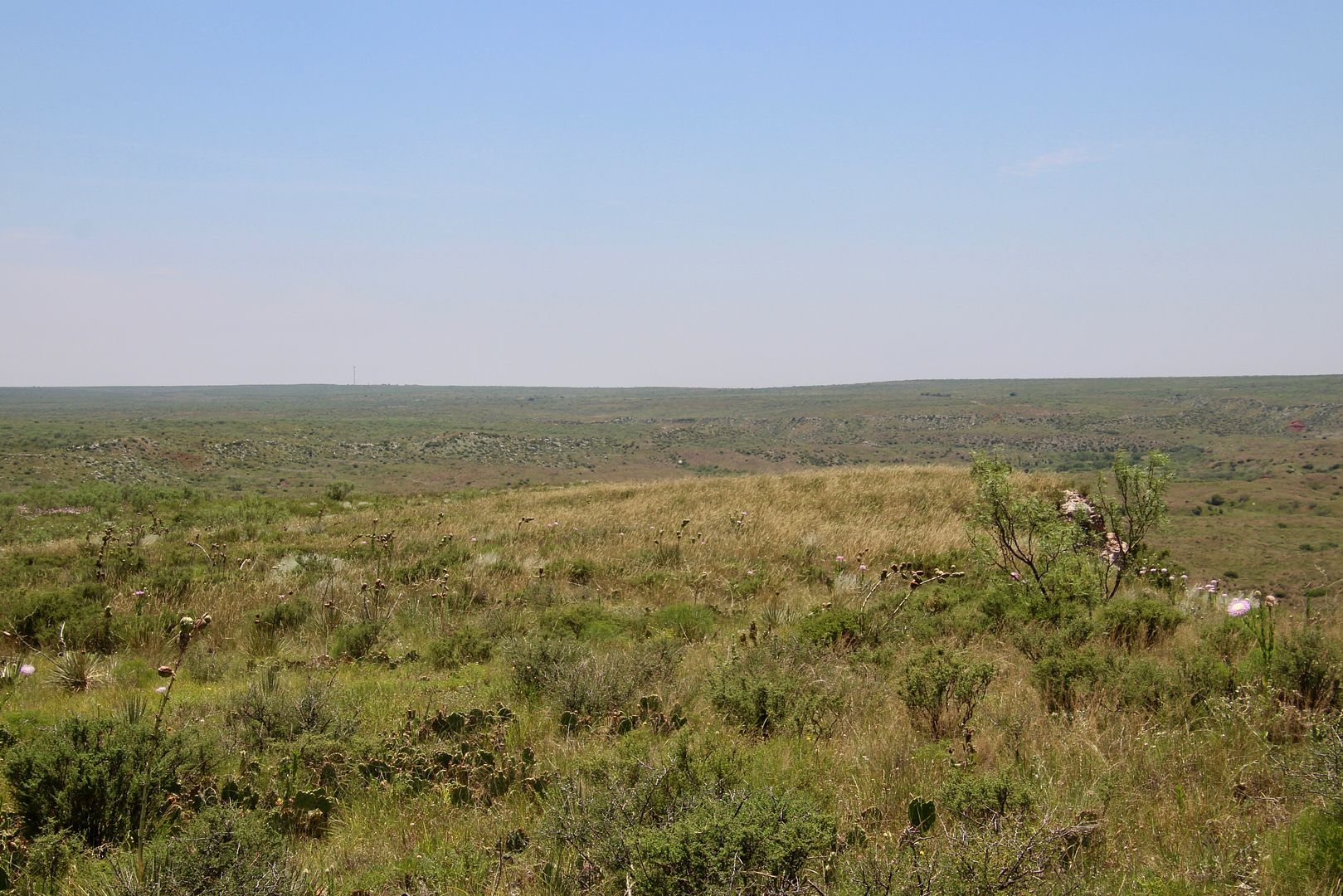

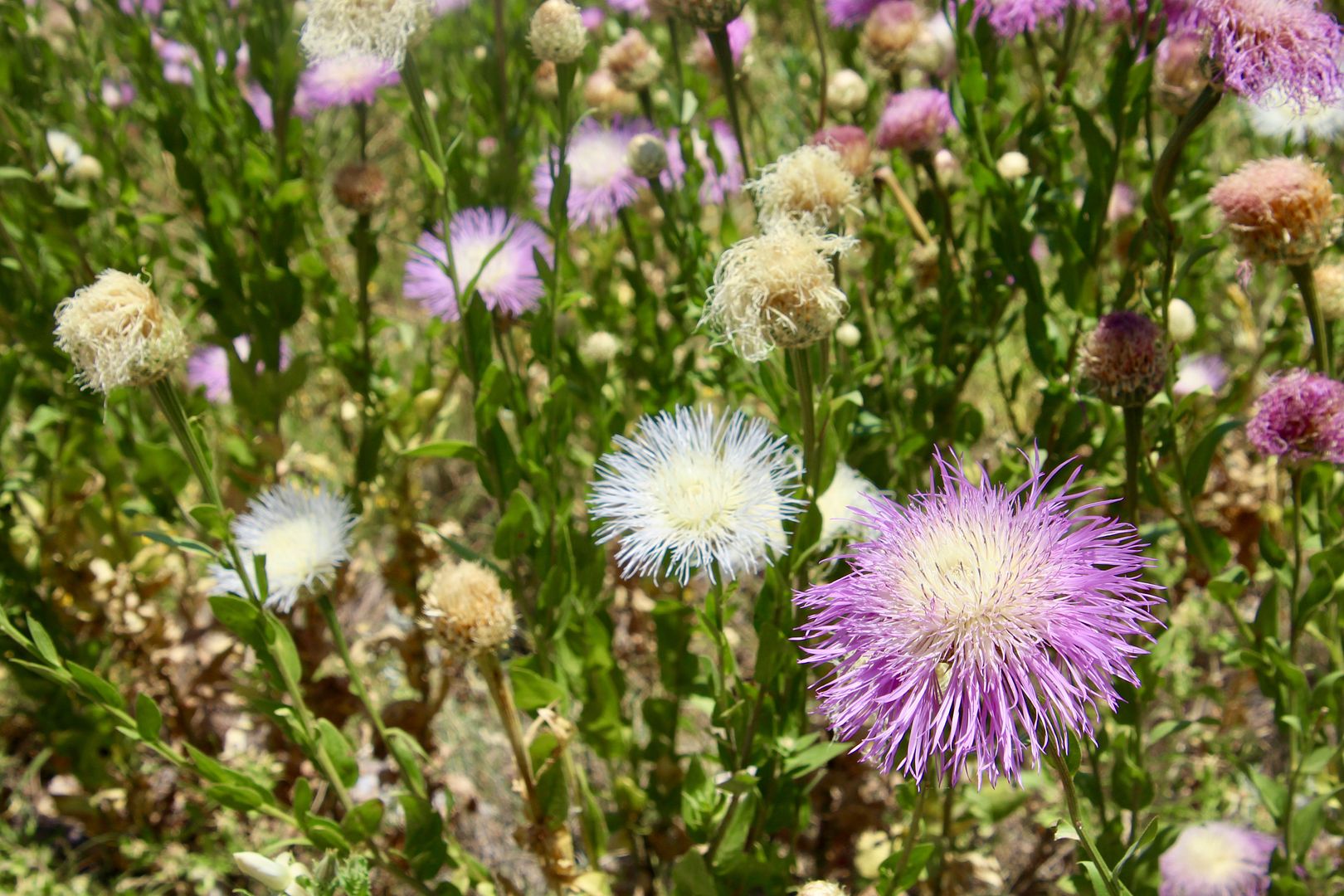
No comments:
Post a Comment